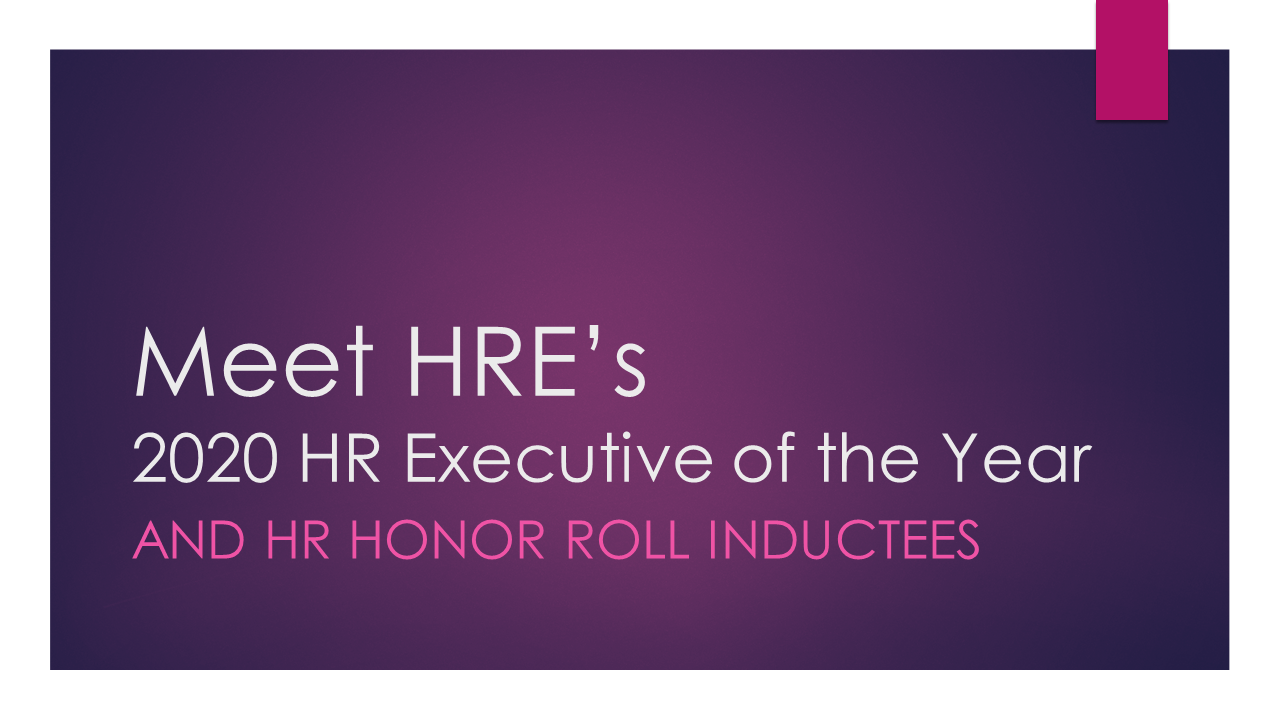In the U.S., it’s no secret that politics, and especially the upcoming U.S. presidential election, is a hot topic of conversation–even at work. Unfortunately, the U.S. presidential election has had a profoundly negative impact on employee productivity. Across 2020, U.S. employees have spent, on average, more than one hour per day consuming political news at work. While that may not seem like a lot of time, consider that you are losing more than five hours per week from every single employee in your organization. Further, 60% of employees report that the topic of the U.S. presidential election has negatively impacted their ability to get work done.
However, this doesn’t mean that HR leaders should seek to ban all forms of political expression in the workplace. During times of political uncertainty, employees want their organizations to do more. A recent Gartner survey found that 65% of global employees want to work for an organization with a strong social and environmental conscience, and 62% of U.S. employees want their organization to provide at least one voter-participation opportunity. If HR leaders ignore their employees’ preferences, they risk damaging their employment brand and decreasing employee engagement.
See also: Can HR ban politically focused face masks?
How then can HR turn employee unrest into engagement during times of political uncertainty? Gartner research indicates that organizations should consider the following tactics.
Help Employees Manage Negative Emotions
Human beings tend to respond to these situations in one of two ways: fight or flight. Across 2020, this fight-or-flight response has been on display in many organizations. Three in 10 U.S. employees report that the presidential election has led them to argue about politics with co-workers, while four in 10 report they have avoided talking to or working with a co-worker because of their political views.
Rather than encouraging their employees to bottle up these negative emotions or “check them at the door” when they come to work, progressive organizations are instead focusing on giving their employees the tools they need to process their feelings in a more productive manner.
One way of doing this is to provide managers and employees with a common vocabulary for discussing their feelings. Another idea we’ve seen implemented is for HR to educate employees and managers about the situations most likely to activate the fight or flight response. HR leaders can then work with managers on specific ways to guide their employees through these challenging times.
Gartner research indicates that organizations that effectively address employee reactions can boost their employees’ ability to focus at work during disruption by 5%. Not doing so can actually result in a 21% decrease in focus.
Create Safe Spaces for Productive Conversations
Not only are employees going to consume political news at work, they’re also going to discuss politics. In fact, 80% of U.S. employees reported discussing politics with their colleagues in 2020. So, if political conversations are unavoidable, how can HR leaders ensure that these dialogues are both respectful and productive?
Gartner has studied a variety of approaches to creating “safe spaces,” and one of the keys to getting it right is encouraging action, not just reflection. One Gartner client, a leading financial services institution, does this by encouraging employees to address their own unconscious biases regarding topics impacting them both inside and outside the workplace. This organization deliberately selects hard topics–things like politics, gender inclusion and career mobility challenges for underrepresented talent that might once have been considered taboo–and facilitates conversations where employees can discuss them openly and honestly. In doing so, they are explicit with employees about the actions that they want them to take following the conversation.
Related: What are the perils of political postures?
For HR leaders seeking to facilitate similar dialogues, the following guidelines can provide a starting point:
- Be explicit about your goals for the session with all participations.
- Keep it a safe space by banning recordings and screenshots.
- Remind participants that this is a dialogue, not a debate.
- Address behaviors, not beliefs.
- Adopt the “platinum rule,” i.e., encourage participants to treat others as they would like to be treated.
Identify Ways to Take Action
CEOs commonly get involved in current societal or cultural events by issuing a corporate statement, believing that, by making such statements, they will meet their employees’ desire for the organization to get involved. However, Gartner research reveals that issuing a corporate statement degrades employee engagement when compared to doing nothing. When U.S. organizations took action in response to the protests and demonstrations against racial injustice, employees were 1.38 times as likely to be very satisfied with the response than those at organizations who only issued a public statement. How can HR leaders figure out what actions are right for their organization?
The answer is simple, but not easy. The key is to identify and support causes that are aligned with your organization’s cultural values. Determining which causes to champion, and how best to do so, will involve conversations among HR leaders, the CEO and perhaps even the board of directors. Authenticity may seem like a lofty goal, but is critical to engaging employees and retaining and attracting top talent.
Also see: Are politics decreasing workplace diversity?
Consider the example of Patagonia. It’s well known that environmentalism has been core to the culture from the very beginning. Well before the events of this year, they were transparent about donating a portion of their sales to charities through their “1% for the Planet” campaign. When they announced earlier this year that they would be taking the $10M that they would save due to an unexpected tax cut and reinvest it–not in the company, but in the environment–both employees and customers responded positively.
Regardless of your cultural values, Gartner research has identified one cause that should resonate in 2020: making it easier for U.S. employees to vote on Nov. 3.
Even after Nov. 3, it is likely that uncertainty–and the stress and anxiety that it breeds–will persist. As such, it is critical that HR leaders help their employees manage these negative emotions, discuss them with one another and identify ways to take action. Doing so will help increase employee engagement in 2020 and beyond.




